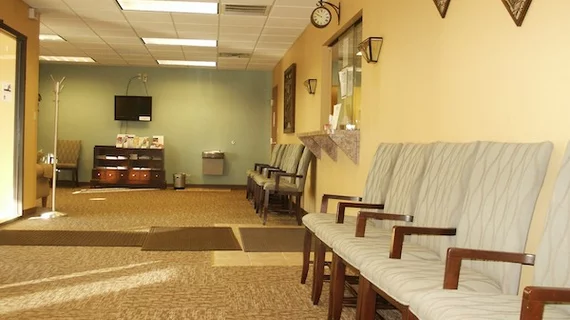Ditching paper for e-worklist translates to ‘substantially’ shorter wait times for breast imaging patients
Transitioning from a paper to an electronic process for preoperative breast localizations helped one hospital significantly reduce time wasted between appointments.
In May 2018, Brigham and Women’s Hospital began using a tool embedded within its electronic health record to plan image-guided preop breast procedures. Localization is performed for non-palpable lesions that need to be cut out and requires many specialists to review imaging results, pathology reports and other clinical info.
The change has resulted in meaningful gains, researchers reported Tuesday in Current Problems in Diagnostic Radiology. Most notably, the mean time between appointment and procedure start time has improved by 8.3 minutes.
It may seem small, but can be quite impactful, Arwa A. Zaghal, MD, with the Boston hospital’s Center for Evidence-Based Imaging, and colleagues noted.
“While this shortening in start times relative to appointment times may appear modest at first glance, in a busy interventional practice, commencing localization procedures close to 10 minutes earlier translates to substantially reduced wait times for anxious patients after their arrival in the breast imaging center and improved workflow for technologist and radiologists performing consecutive interventional procedures throughout the day,” the group added.
For their study, Zaghal et al. compared mean time between appointments and procedure start times, duration of procedures, and arrival to appointment for women who underwent preoperative breast localization. Prior to implementing the tool (January-April 2018), 427 procedures were completed, and post-implementation (June-September 2018) Zaghal et al. recorded 409.
The mean time between the appointment and when procedures started dropped from 2.7 minutes after to 5.6 minutes before appointment start time.
The Society of Interventional Radiology’s safety and health committee currently recommends using e-checklists and Zaghal et al. echoed that sentiment on Tuesday.
“Interventional medical procedures can be unpredictable in terms of complications, patient tolerance, and technical difficulty, making it challenging to maintain operational efficiency,” the experts wrote. “Our initiative led to a meaningful improvement in operational efficiency for initiating breast procedures and may improve the patient's experience of care.”
Read the full study here.

